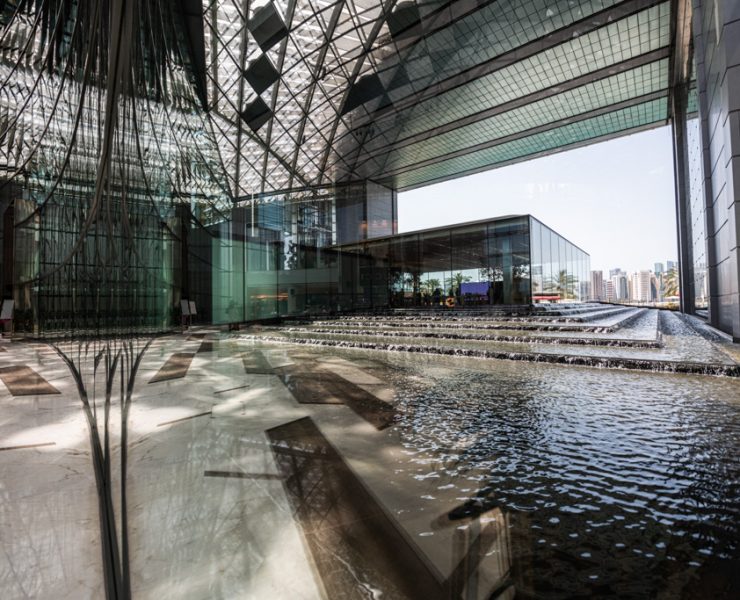ARTICLES
Advance Search
Aquatic Health
Aquatic Health, Fitness & Safety
Around the Internet
Aquatic Culture
Aquatic Technology
Artful Endeavors
Celebrity Corner
Life Aquatic
Must-See Watershapes
People with Cameras
Watershapes in the Headlines
Art/Architectural History
Book & Media Reviews
Commentaries, Interviews & Profiles
Concrete Science
Environment
Fountains
Geotechnical
Join the Dialogue
Landscape, Plants, Hardscape & Decks
Lighter Side
Ripples
Test Your Knowledge
The Aquatic Quiz
Other Waterfeatures (from birdbaths to lakes)
Outdoor Living, Fire Features, Amenities & Lighting
Plants
Ponds, Streams & Waterfalls
Pools & Spas
Professional Watershaping
Structures (Editor's Notes)
Travelogues & History
Water Chemistry
WaterShapes TV
WaterShapes World Blog
Web Links
Around the Internet
Aquatic Culture
Aquatic Technology
Artful Endeavors
Celebrity Corner
Life Aquatic
Must-See Watershapes
People with Cameras
Watershapes in the Headlines
In its efforts to provide the industry’s finest education in formats and settings that fit a wide variety of student needs, Watershape University is presenting two outstanding summer programs, one live and in person, the other live and online.
...
Pebble Technology International (Scottsdale, AZ) has introduced Artisan Cast Stone Patio Planters. The planters are made of Glass Fiber Reinforced Concrete (GFRC), providing industry leading PSI strength, the company says. They feature natural pigments to provide organic and enduring color that is integrated throughout the cast stone. A penetrating sealer gives extra protection from the elements and enhances the richness of color.
Read more
The elegant contemporary watershapes at the recently completed Apple Store in Abu Dhabi, UAE, stand among Crystal Fountains’ most sublime recent achievements, one in which they collaborated with an elite project team. Here’s a look at how the highly transparent process unfolded, both literally and figuratively.
...
Air quality in natatoriums, and ultimately the comfort and health of people using and working at those facilities, relies on a careful balance between operating parameters and system design. As Eric Knight explains here, achieving outstanding indoor air requires understanding the interrelated nature of these spaces and the systems designed to maintain optimum conditions.
...
Is AI changing the world as we know it, and is that change for the better? While many people see only positives in the form of instant efficiencies and capabilities, others are not quite so hasty in their assessments.
...
Crystal-clear waters, lush tropical forest and dramatic landforms conspire to create some of the most beautiful destinations on the planet. One example that has been capturing imaginations for centuries is nestled within soaring cliffs on a remote island in the Philippines.
...
The pool industry has always been challenged when it comes to discussing and promoting safety. As Eric Herman argues here, the way forward with the safety issue is to empower consumers with information about the benefits of swim instruction, as well as the importance of supervision and the spectrum of engineered safety systems and products.
...
There is no question the bar for visual presentations has been raised dramatically in recent years. 3D modeling programs have transformed the way that watershape and landscape designs are created and sold. That’s why Watershape University is offering a new course aimed at elevating digital presentation skillsets.
...
Managing water levels and flow through rivers systems and reservoirs might rightly be considered watershaping on the grandest possible scale. That unique skillset has come into play in a big way recently as refreshened water resources are distributed through drought-worn Colorado River system.
...






















The Perils of Ocean Acidification